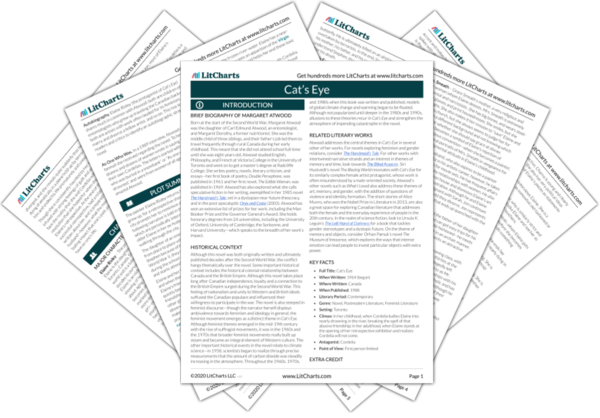Though
Elaine still lives at home, she moves into the cellar, where she puts up theater posters of
Waiting for Godot and
No Exit. Her
mother finds the theater posters gloomy, but Elaine knows better.
Her
father finds her talent for drawing impressive but wasted, as she could have dedicated herself to an impressive botany career. He has become melancholic, as
Mr. Banerji returned to India after failing to get promoted. Elaine’s father see this as a betrayal from the department, because Mr. Banerji was more than qualified and was clearly being discriminated against. Elaine’s mother comments on her lack of appetite whenever she emerges for a meal, and her father peppers her with more morose anecdotes about strange insects and diseases.
